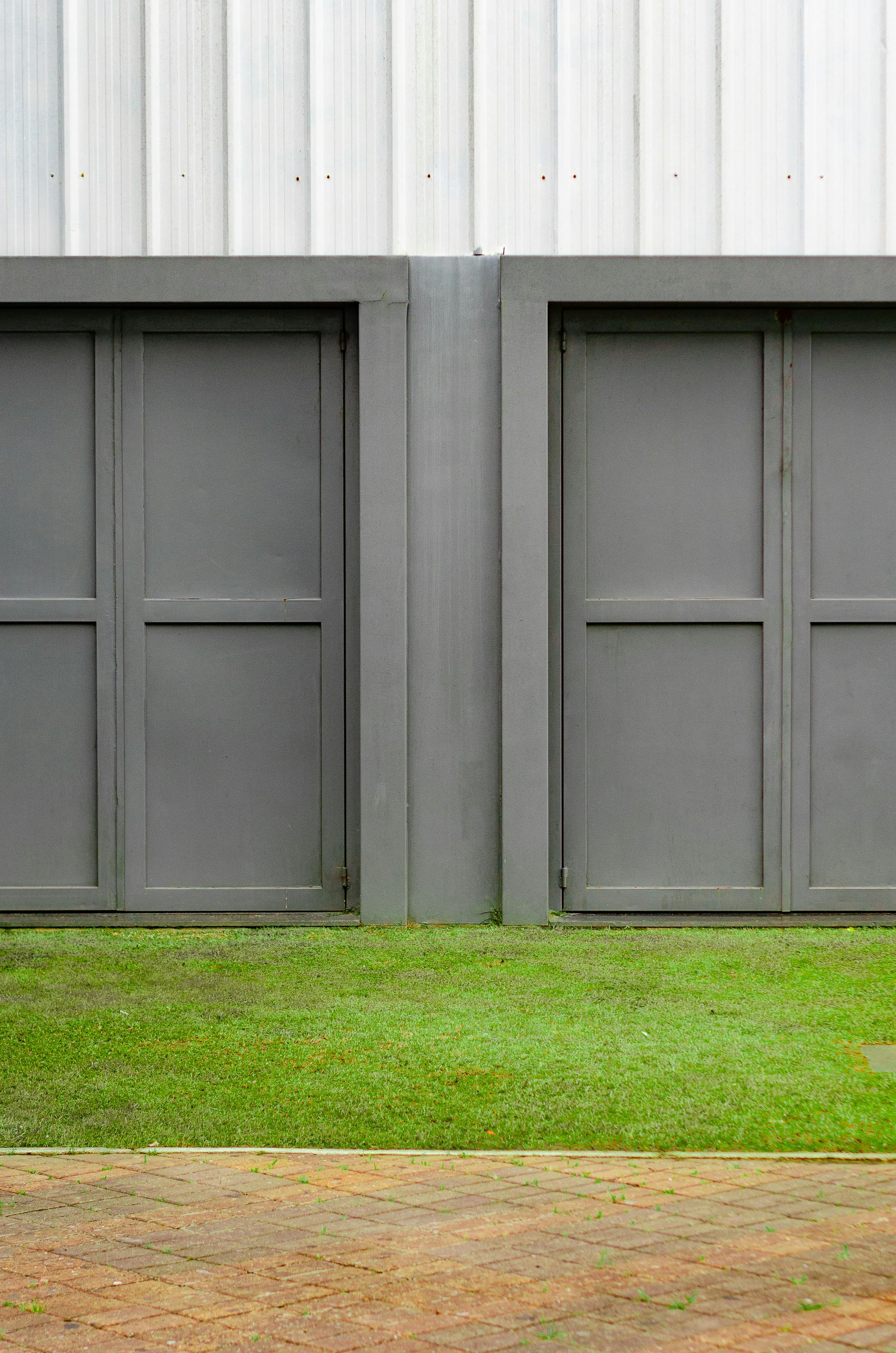Types of Residential Garage Doors A Comprehensive Guide
Types of Residential Garage Doors A Comprehensive Guide
Blog Article

Choosing the right garage door is a crucial decision for homeowners, as it affects not only the aesthetics of a residence but also its security and energy efficiency. With a variety of options available, understanding the different types of residential garage door solutions is essential. This guide will explore the types of garage doors, provide installation and maintenance tips, and address common problems along with their repair solutions.
Types of Residential Garage Doors: A Comprehensive Guide
When considering residential garage door solutions, it is important to know the various types of garage doors available, as each comes with its own set of features, materials, and styles. The most common types include:
1. Sectional Garage Doors
Sectional garage doors are made of several panels that are hinged together. They operate vertically and are great for saving space, making them ideal for homes with limited driveway space. These doors are often made of steel, wood, or fiberglass, allowing homeowners to choose a material that suits their style and budget.
2. Roll-Up Garage Doors
Roll-up garage doors are similar to sectional doors but are designed to roll up into a coil above the opening. They are typically made from steel or aluminum and are often used in commercial applications. However, they can also be a practical choice for residential properties, especially in areas where space is a concern.
3. Side-Hinged Garage Doors
Side-hinged garage doors operate like traditional doors, swinging open from the side. They are often made of wood and can provide a charming, classic look to a home. This type of garage door is suitable for spaces where a full overhead door may not fit or when a homeowner prefers a more traditional access method.
4. Tilt-Up Garage Doors
Tilt-up garage doors are made of a single panel that tilts up and into the garage ceiling. While they are less common than sectional doors, they can be an affordable option. These doors may require more space in front of the garage, so it's essential to consider the layout of your property before choosing this style.
Installation and Maintenance Tips for Garage Doors
Once you have selected the right type of garage door, proper installation and maintenance are key to ensuring its longevity and functionality. Here are some practical tips:
Installation Tips
While many homeowners opt for professional installation, those with DIY skills can tackle the project themselves. Here are a few steps to consider:
- Measure accurately: Ensure you take precise measurements of your garage opening to avoid complications during installation.
- Follow instructions: Read the manufacturer’s manual carefully and follow all instructions to ensure proper assembly and installation.
- Check local codes: Be aware of any local regulations regarding garage door installation before proceeding.
Maintenance Tips
Regular maintenance helps prevent issues and extends the life of your garage door. Consider the following practices:
- Lubricate moving parts: Use a silicone-based lubricant on rollers, hinges, and tracks to keep them functioning smoothly.
- Inspect hardware: Regularly check for loose bolts or screws and tighten them as needed.
- Test safety features: Ensure that the garage door’s safety features, such as the auto-reverse function, are working correctly.
Common Garage Door Problems and Repair Solutions
Even with proper installation and maintenance, garage doors can encounter issues. Here are some common problems and their solutions:
1. Door Won't Open or Close
If your garage door fails to open or close, check the remote batteries, wall switch, and ensure that the door is not obstructed. If these are functioning well, there may be an issue with the opener itself, which might require professional assistance.
2. Noisy Operation
Noisy garage doors are often the result of lack of lubrication or worn-out parts. Regularly lubricating the moving components can significantly reduce noise. If the noise persists, inspect the rollers and springs for damage.
3. Misaligned Tracks
If the door appears to be off track, it is essential to address this immediately, as it can lead to further damage. Try to carefully realign the tracks, but if you are unsure, it’s best to call a professional to handle the repair.
In conclusion, understanding the different types of residential garage door solutions, along with proper installation, maintenance, and troubleshooting techniques, can significantly enhance your home’s functionality and security. For more detailed information and professional assistance, consider reaching out to experts in the field to ensure you make the best choices for your home. For further insights, visit this resource, which offers a wealth of information on residential garage door solutions.
Report this page